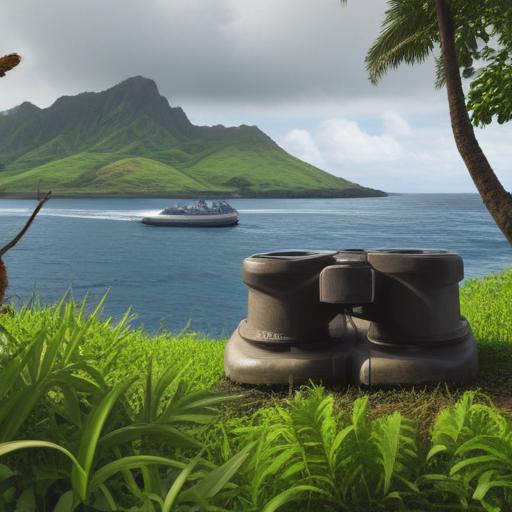Hawai‘i’s congressional delegation is urging the US Navy to clarify its proposal to significantly increase non-explosive bombing and gunfire training exercises on Kaʻula, a remote islet with critical ecological and cultural significance. In a letter addressed to Secretary of the Navy John Phelan, Senators Mazie Hirono and Brian Schatz, along with Representatives Jill Tokuda and Ed Case, have called for a comprehensive environmental impact statement (EIS) and a solid rationale regarding national security for the proposed increase.
Currently, the Navy’s draft Environmental Assessment (EA) suggests raising the number of annual non-explosive bombing exercises from 12 to as many as 31 on Kaʻula Island. The lawmakers expressed concern that the EA might not fully address the potential ecological detriment and cultural implications of this increased activity. They argue that a full EIS would ensure public confidence in a well-defined plan that includes necessary measures for environmental restoration on Kaʻula.
Kaʻula Island has served as a site for military target practice since 1952, transitioning from the use of live ordnance in the early 1980s. It is noteworthy that conservationists and local officials have frequently raised objections over military practices on the island, designated as a seabird sanctuary, with Hawaiʻi Division of Forestry and Wildlife’s David Smith advocating for an end to all bombing activities due to their incongruity with its status as a protected area.
The islet plays a vital role as a nesting ground for approximately 18 seabird species, including the black-footed albatross, especially as climate change and rising sea levels threaten other vital breeding sites across the Pacific. Furthermore, Kaʻula holds sacred cultural significance for Native Hawaiians, identified as the birthplace of the shark god Kuhaimoana and an essential navigational marker in traditional Polynesian culture. Critics of the Navy’s proposal view increased bombing as a form of desecration.
While acknowledging the importance of military readiness, the congressional delegation emphasized that it must be balanced with environmental stewardship and community sentiment. They pointed out the pervasive mistrust towards the Department of Defense in Hawaiʻi, particularly concerning transparency about the Navy’s operational impacts on local islands.
While a Navy spokesperson stated that the exercises would be confined to the southern end of the island and would not harm the environment or bird populations significantly, skepticism remains. Critics reference the Navy’s history on other islands, such as Kahoʻolawe, where extensive bombing left significant environmental scars from unexploded ordnance.
The public comment period for the Navy’s Environmental Assessment concluded in late 2024, with a decision on whether to pursue further environmental review expected in 2025. This ongoing discussion represents a potential turning point for how military training is balanced with ecological preservation and cultural respect in Hawaiʻi.
